The Dying Art of Fishing for Shrimp on Horseback
In Oostduinkerke, Belgium, horses plow the ocean instead of the fields.

Dominique Vandendriessche has shrimp fishing in his blood. Now in his twenties, Vandendriessche lives and works on the Belgian coast, in the small town of Oostduinkerke, where he is one of the last fishermen alive who catches shrimp from the back of a horse. As a little boy, he says, he accompanied his parents to the shore and watched as his father, Johan, made his way into the waves on the back of a towering Belgian draft horse. Now, Vandendriessche is carrying on the family profession, accompanied by his horse, Jim.
Oostduinkerke is on the southern edge of the frigid North Sea. Its beach is flat and empty, sloping gently into the water, without obstructions or obstacles. From the shore, the water looks unremarkable, if a little chilly. But beneath its surface is an abundance of tiny crustaceans: common, grey-brown shrimp that cluster in shallow waters. Not even two inches long, they are a gourmet treat, served cold as tomate-crevette—hollowed-out beefsteak tomatoes, filled with a tangle of shrimp and mayonnaise—or hot, in a deep-fried, battered croquette. More simply, they are sometimes boiled in lightly salted water and served whole, as a snack alongside local craft ales.

First, however, they must be caught. The fishermen, known in Flemish as paardenvissers, ride Brabant horses, a regional breed that is large and sturdy (generally around 5’7”, or 16 hands, at the withers), with dense feathering on their lower legs, flaring out over their hooves like the bell of a trumpet. The Vandendriessches have six. A few times a week, they harness a chosen horse to a cart via a special wooden saddle and bring it down to the shore. The cart is piled high with equipment—nets, clothes, baskets, and sieves—and the fisherman must perch on its side.
On the grey-blue beach, beset with flocks of seagulls, the horse waits while the fisherman pulls yellow waterproofs over his clothes—pants, secured around the ankles with twine, and a hooded oilskin. The pair walk into the waves, rider on horseback, until the horse is breast-deep in the surf, jerking its head to avoid the seawater that licks at its nostrils.
Behind them, a 30-foot funnel-shaped net stretches back into the waves. As the horse walks, a chain dragged over the sand creates vibrations—causing the shrimp to jump into the net as gaily as if they’d been called for supper. Slowly, they go to and fro, walking the length of the flat coastline, as the net fills with shrimp. Once every half hour, they return to the beach: The horse has a few moments to rest as the fisherman empties the net, using wooden sieves to sift through the catch.
Jellyfish, small fish, and other unwanted sea life are jettisoned back into the ocean, while the shrimp are placed into vast baskets dangling by the horse’s sides. Once they have enough, perhaps 20 or 30 pounds of shrimp, they will return home, where the shrimp are washed, and washed, and washed again before being boiled in a pot over an open flame. (Exactly what each fisherman adds to their pot is a closely-kept secret.) When their sand-colored shells turn a deep puce, the shrimp are ready to be sold on the beachfront or to local cafés. It is labor-intensive and unprofitable: In 2007, fisherman Eddy d’Hulster told the New York Times that the tourist board makes up the shortfall by providing free pastures and stables and financial stipends that help cover equipment costs.
The process looks slow and meditative—the horse and rider winding back and forth—but the practice requires considerable skill and knowledge of the ocean, tides, and the horses themselves, says D’Hulster. “The fisherman must love their horse, the sea, and the fishing. It’s a combination of all three.” Choosing the right horse is a crucial part of the equation, D’Hulster told the Times. “The first time a horse sees the sea and the waves, you can see it running back. They don’t like it.” But the right horse is a lifelong companion. “There is such a love story between the horse and the fisherman,” he said. “Once he has a horse that works, he is married to the horse. Sometimes we say we like our horses more than our wife.” The two must trust one another absolutely, especially in the face of occasionally strong currents.
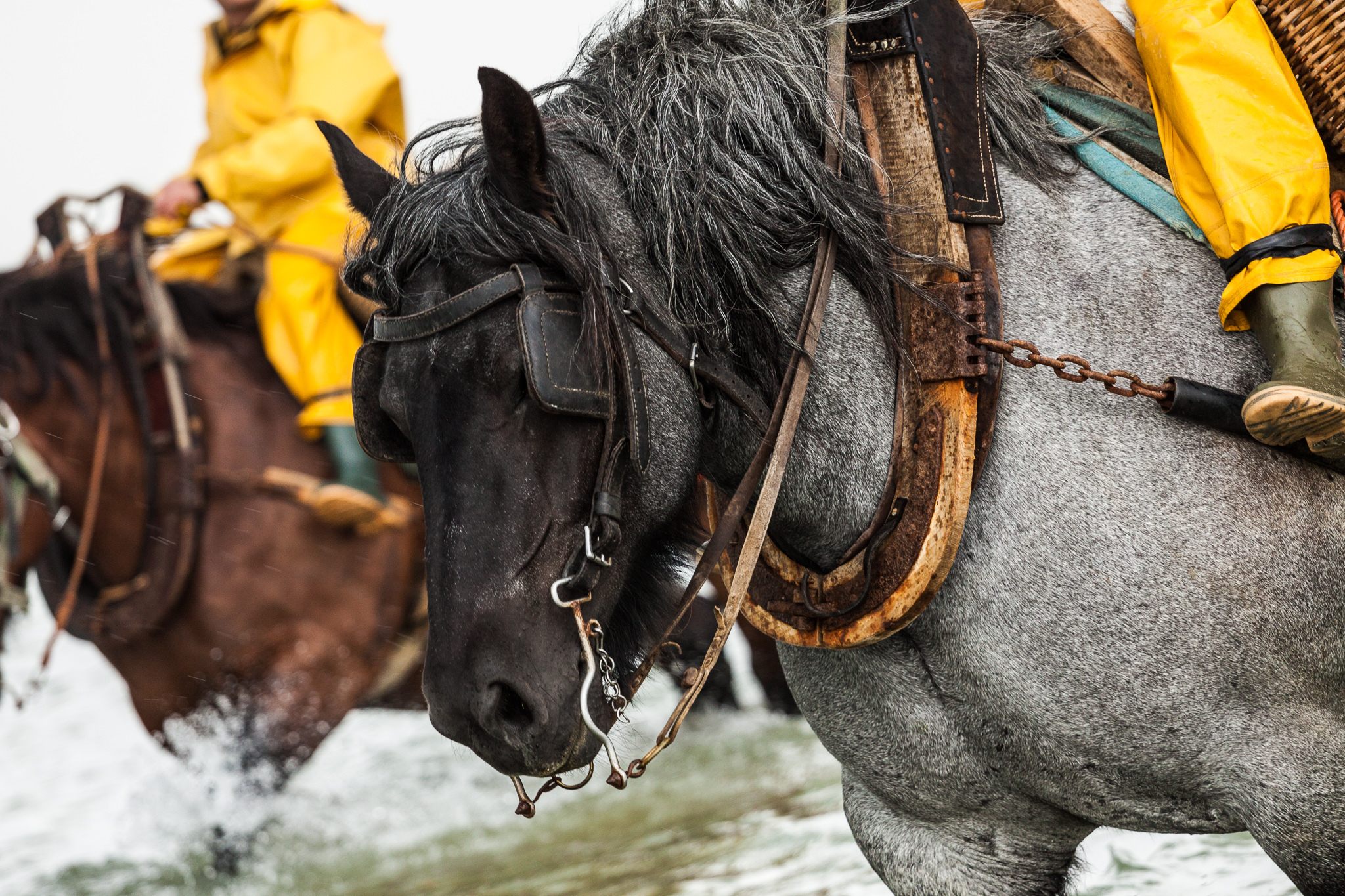
Barely a century ago, shrimp fishing on horseback was a common sight along the Belgian coast and throughout Europe, preserved in the paintings of 20th-century Belgian artist Edgard Farasijn. But it’s fallen victim to urbanization, commercial fishing boats, each of which can pull in 75 tons a year, and dwindling interest from town residents. That’s part of the reason why Oostduinkerke wants to protect the practice and ensure it isn’t forgotten. In the summertime, children and tourists congregate around the fishermen on the beach while, in nearby Koksijde, the National Fisheries Museum chronicles the history and culture of horseback shrimp fishing. This attention, along with a handful of media appearances and a coveted spot on the UNESCO intangible heritage list, helps fund the tourism board that, in turn, keeps the trade alive—albeit as a museum piece.
Each family, therefore, continues much as they have for years or generations. The Vandendriessches have a strict division of labor: Dominique and his father fish; his mother cleans and cooks, serving the shrimps in their family restaurant. According to Marina Laureys, from Belgium’s Arts and Heritage Agency, “Since knowledge is often passed on within the households, families teach their children at a young age how to handle the horse in the specific conditions that the craft requires.”
That intergenerational knowledge encompasses all aspects of the trade—weaving the nets, maintaining the wooden apparatus, the actual fishing—along with the ins-and-outs of horsemanship, including reshoeing the horses and grooming them. Most present-day practitioners come from these families. Still, fishermen and local residents alike hope that safeguarding the craft and ensuring its financial stability may draw in new and enthusiastic young practitioners with a background in keeping horses. But it’s methodical, unglamorous work, D’Hulster says, and unsuited to those doing it simply for the attention of tourists and the media. Successful fishermen must have discipline and a deep love for the sea, their horse, and their heritage. “The horses require your passion all year long,” he says. “All year long.”
Gastro Obscura covers the world’s most wondrous food and drink.
Sign up for our email, delivered twice a week.





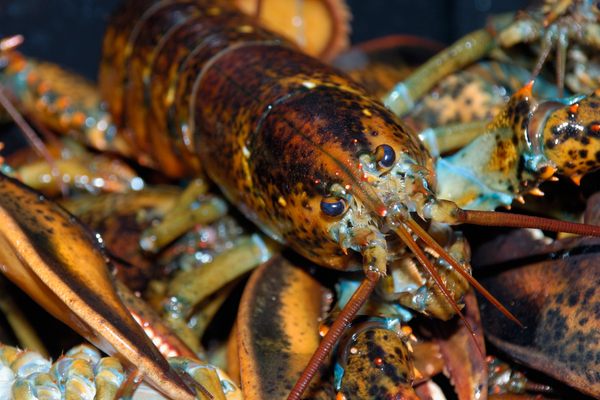






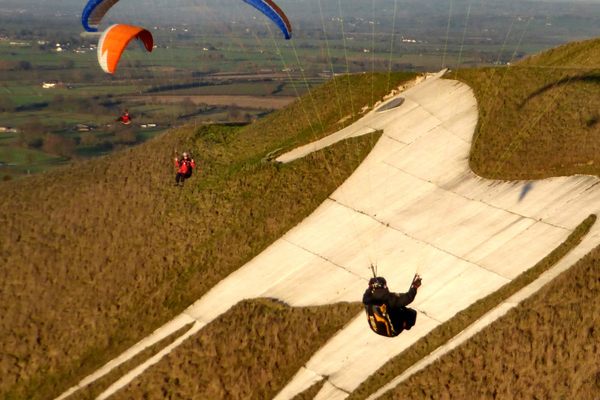








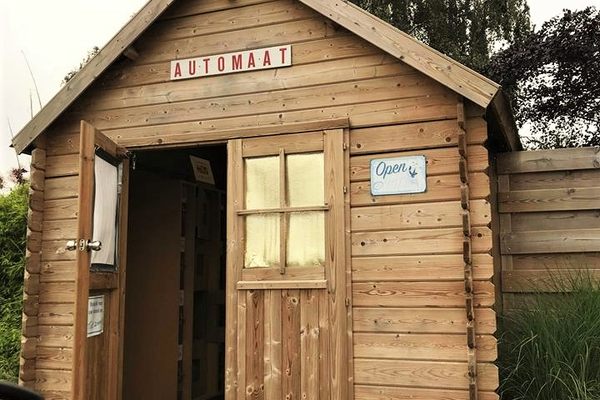


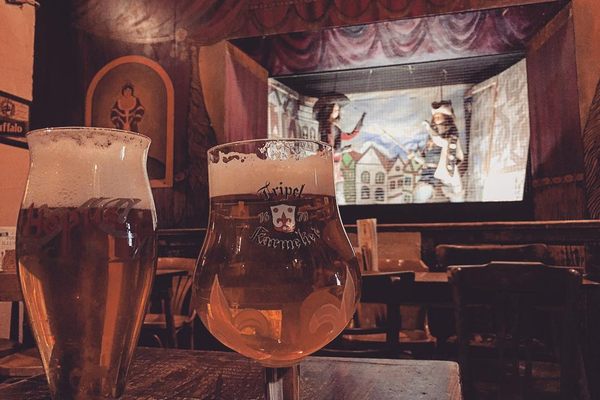



Follow us on Twitter to get the latest on the world's hidden wonders.
Like us on Facebook to get the latest on the world's hidden wonders.
Follow us on Twitter Like us on Facebook